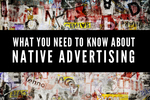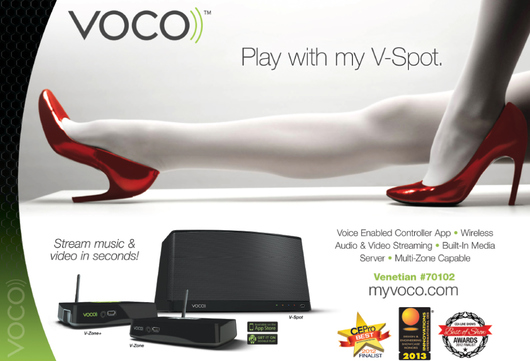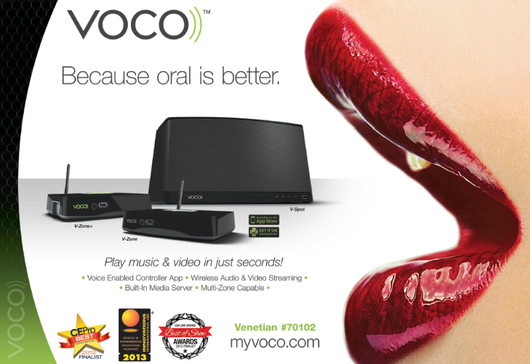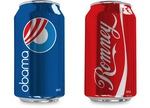The Most Rewarding Marketing Mistake I Ever Made
Posted in: UncategorizedRecently, a colleague asked me, “What was the most rewarding mistake you ever made in business?”
It’s a great question, and I quickly had an answer for him because it was an incredibly painful mistake. However, it proved to be an invaluable lesson that has served me well in the years since. I’m sharing so perhaps you can learn it the easy way.
The lesson: Don’t ever stop marketing because you think you’ve reached the point where you don’t need to. And, secondarily, believe the old adage that warns, “Don’t put all your eggs into one basket.”
There’s a story, of course…
Years ago, my public relations company connected with a large publishing house that served many prestigious authors. The first few of its authors we accepted as clients had such successful campaigns, we quickly became the publicity firm of record for this publisher. I thought we’d tapped the mother load! The publisher kept a steady stream of clients flowing to us, and eventually, they became about 80 percent of our business.
We were so focused on delivering for these authors that we became much less focused on getting our company name out to prospective new clients. We slowly stopped marketing. Our newsletters ground to a halt. We didn’t waste time networking. We quit our efforts to get the same publicity for our company that we get for clients. Why bother? We didn’t need new clients!
We had a whole basket full of beautiful perfect eggs and we were happily skipping along with it.
And then … it broke.
The publisher ran into some serious problems with its investors and the business came crashing down. And guess who almost went with it?
Our eggs were cooked.
Faced with only a few clients and no prospects, we got busy fast and cranked up the marketing department (me!) again. It took awhile to regain the momentum we’d lost but, thankfully, we had a side business that could help pay the bills in the interim. Slowly but surely (this was before the age of social media, which really speeds things up), we built up a new list of prospects and clients – only this time from a diverse array of sources.
It was a terrible but powerful experience that demonstrated very clearly: No matter how great things seem to be going, you never stop marketing. It needs to be a constant hum because if that hum stops, you know there will be a big problem ahead.
I stopped marketing because I thought I had all the clients I needed. Over the years I’ve seen others make the same mistake but for different reasons. Here are a few:
One great publicity hit is a really bad reason to stop marketing. I’ve talked to people who believed if we could just get them on “The Oprah Winfrey Show” (before 2011) or “The Ellen DeGeneres Show,” that was all they’d need. They’d be done. Yes, a big national show can give you a tremendous launch, but you won’t keep soaring unless you do something to stay in the public eye. I guarantee you, there are plenty of people you never heard of who got their “big break” and then disappeared because they stopped marketing.
Most of us won’t get those huge hits – and that’s not a reason to stop, either. I haven’t been on “Oprah” but I often hear from prospective clients that I or my business was recommended to them by someone I’ve never met and don’t know. That’s what good, sustained marketing does. It may not always create fireworks, but that doesn’t mean it’s not working for you.
Yesterday’s story is old news. Look for fresh new ways to stay in the public eye. The publicity you get today can continue to work for you online, but eventually, it’s going to be old news. We encourage our clients to post links to their publicity on their websites; it shows visitors that they have credibility with the media. But if those visitors see only publicity and testimonials that are five or 10 years old, they’re going to wonder why no one’s been interested in you more recently.
Just as I put all my eggs in one basket by relying on one source for clients, it’s also a mistake to rely on just one marketing tool. Maximize the reach of the publicity you get in traditional media by sharing it on social media. Put a blog, or other content you can renew and refresh, on your website. Write a book. Do speaking engagements (for free, if necessary). Your audience is likely not all huddled together in one corner of the world. To reach them, use a variety of marketing tools.
Whatever it is you’re promoting – your business, your product, your book, yourself – keep the momentum going. If you want people to know you’re out there, you have to stay out there.
This guest post was written by Marsha Friedman, a 23-year veteran of the public relations industry. She is the CEO of EMSI Public Relations, a national firm that provides PR strategy and publicity services to businesses, professional firms, entertainers and authors. Marsha is the author of Celebritize Yourself and she can also be heard weekly on her Blog Talk Radio Show, EMSI’s PR Insider every Thursday at 3 p.m. EST. Follow her on Twitter: @marshafriedman.




















